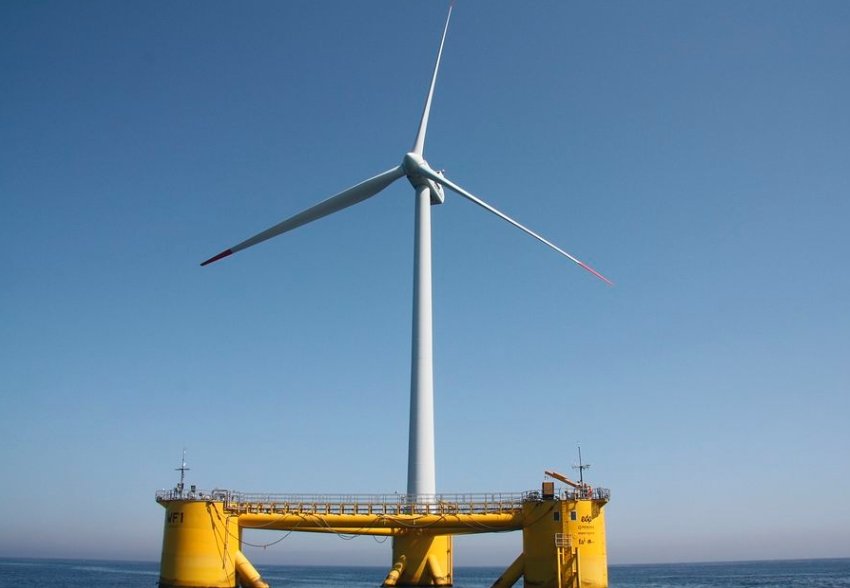Scotland is open to hosting a wind turbine manufacturing plant by China’s Mingyang Smart Energy, despite concerns raised over potential security risks, according to Deputy First Minister Kate Forbes. Speaking to the Financial Times, Forbes emphasized the need for a robust supply chain to meet Scotland’s ambitious renewable energy targets, suggesting that facilities from both Mingyang and Denmark-based wind leader Vestas could be necessary to achieve those goals.
Expanding Scotland’s Renewable Infrastructure
Scotland is at the forefront of renewable energy development, with plans to significantly expand its offshore wind capacity as part of the nation’s transition to net-zero emissions. Forbes acknowledged the immense scale of the supply chain transformation required, stating, “The ambitions for the energy transition demand an enormous supply chain effort.”
Mingyang, a global leader in wind turbine technology, has expressed interest in establishing a manufacturing presence in Scotland, a move seen as pivotal for localizing turbine production and supporting large-scale offshore wind developments. This comes alongside Vestas’ recently announced plans for a factory in Scotland, signaling a surge in industrial activity linked to renewable energy projects.

Security Concerns
The potential collaboration with Mingyang has sparked debate, with critics pointing to security concerns surrounding Chinese investments in strategic infrastructure. These concerns align with broader geopolitical tensions and scrutiny of China’s role in global energy markets. Despite these reservations, Forbes maintained that Scotland’s priority is building the capacity needed to meet its renewable energy goals.
While careful consideration of supply chain security is necessary, Forbes highlighted the importance of a balanced approach to ensure economic and environmental benefits are maximized.
Meeting Demand for Offshore Wind Expansion
Scotland’s renewable energy targets include significant offshore wind capacity additions in the coming decades, driven by projects linked to the ScotWind leasing round and the INTOG (Innovation and Targeted Oil & Gas) initiative.
The integration of multiple manufacturing facilities would bolster Scotland’s ability to supply critical components locally, reducing dependency on imports and fostering job creation.
Economic and Environmental Implications
Forbes’ comments underscore Scotland’s dual commitment to economic growth and climate goals, with the energy transition providing a significant opportunity to stimulate industrial investment. The establishment of local turbine manufacturing facilities could create thousands of jobs and strengthen Scotland’s position as a leader in offshore wind technology.
However, the inclusion of a Chinese-led facility raises questions about balancing economic benefits with strategic considerations, as the renewable energy sector becomes increasingly intertwined with global geopolitics.


















